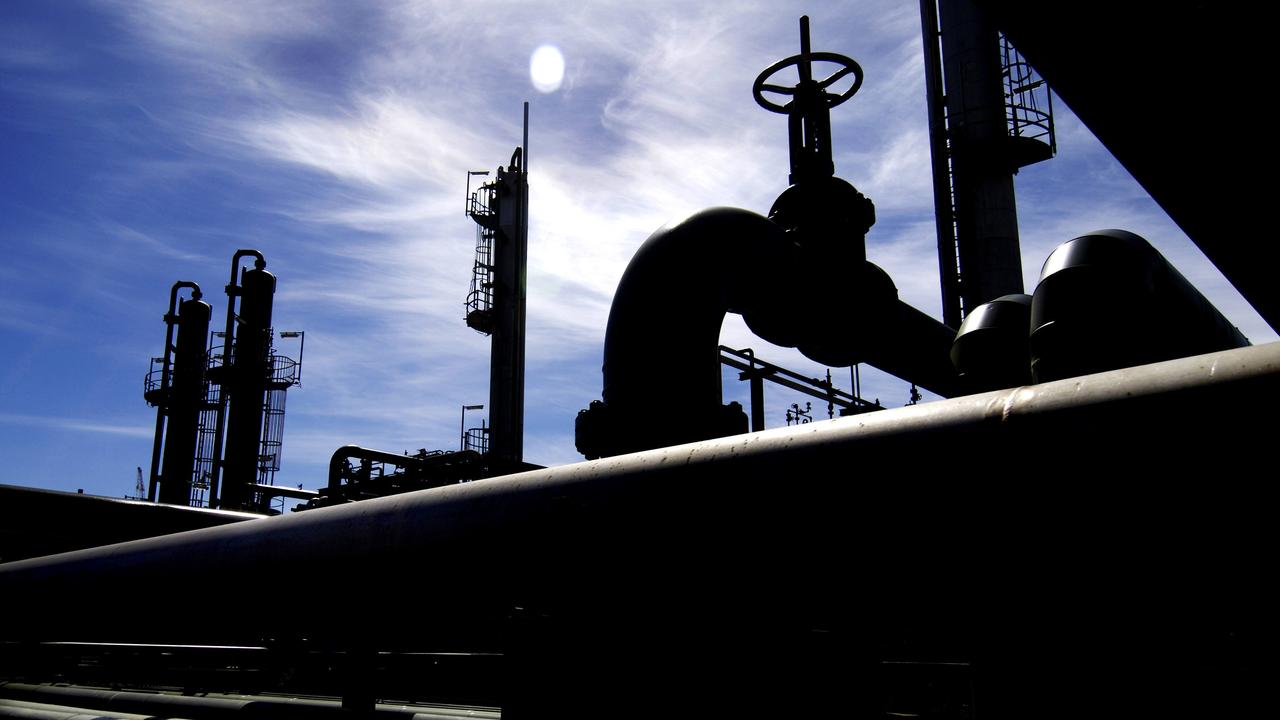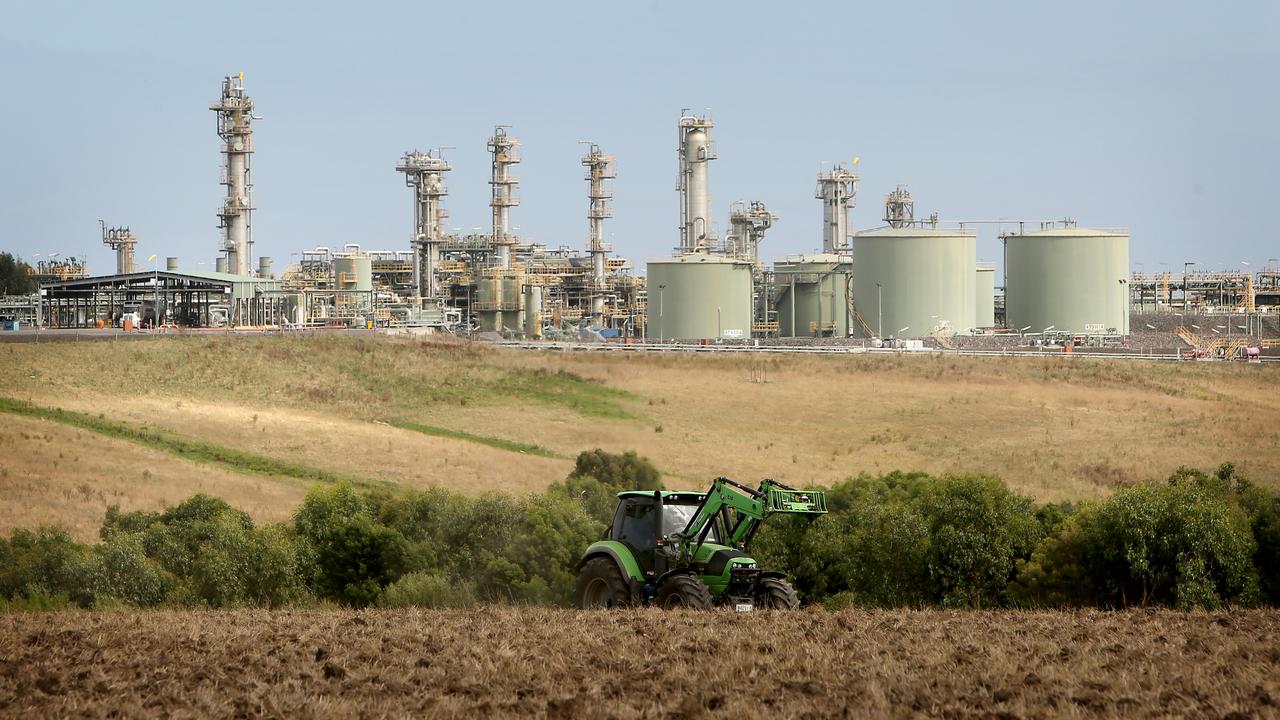Immense strain placed on Victoria’s gas market amid dwindling supply
Immense gas supply issues have worsened to unprecedented levels, worsening Australia’s domestic market and placing extra strain on consumers.
Record low gas storage at one of Australia’s biggest plants has placed such immense strain on the country’s electricity market that an official system security threat has been enforced.
The alert system, put in place by the Australian Energy Market Operator, will remain until at least the end of September after gas levels at Victoria’s underground plant, Iona, stooped to unprecedented lows, The Australian reported.
While the AEMO considers enforcing a cap on gas allowed to be taken from Iona, an emergency supply guarantee may need to be invoked by authorities for a second time this year.
AEMO chief executive Daniel Westerman is expected to reveal the dire situation at an industry conference, given the rapid depletion of gas reserves and ongoing supply issues with coal, gas and water.
Stream more news on the environment with Flash. 25+ news channels in 1 place. New to Flash? Try 1 month free. Offer ends 31 October, 2022 >

Victoria’s Iona facility is encroaching a record low of just six petajoules by August 6, so low the supply is at risk of a “total system” shortfall.
Mr Westerman said Victoria’s gas supply was in a dire state even before winter started, partially due to more LNG being exported from Queensland, causing less flow to southern states and more flow to NSW from Victoria’s offshore Bass Strait fields
The gas price cap enforced for Victoria, designed to calm the market, has unwittingly incentivised producers to send supplies to other states, further worsening the market.
“This reduction in Iona supply capacity increases the risk of curtailment during peak demand days and during periods of high gas generation demand,” AEMO told the industry on Monday via a letter asking producers to supply gas to ease the situation, The Australian reported.
“AEMO has determined that there is a possibility that market or operational responses may prove insufficient to alleviate the threat. AEMO are considering all other possible options prior to intervening.”
Victorian Opposition Leader Matthew Guy claimed Victoria was underutilising existing gas plants and should be “using more of them”.
“The current government’s banned the use of that ... the current Labor government wants to ban the use of further gas, I actually think we should be using our gas supplies,” he told reporters.
“Gas supplies keep the price down and allow Victorians to heat their home.”
Victorian Energy Minister Lily D’Ambrosio has blamed NSW for placing Victoria’s gas supply under so much strain, with an emergency supply guarantee mechanism on the verge of being invoked for just the second time since its introduction in 2017.
“The unprecedented demand for gas in NSW – who produce almost no gas of their own has drawn down Victorian reserves, but AEMO advises that there continues to be sufficient gas to meet our needs,” Ms D’Ambrosio said.

Household power bills are expected to be affected by the crisis, with compensation payments for June’s market suspension likely to cost the industry hundreds of millions of dollars, which will likely be passed onto consumers.
Compensation claims are now being filed by electricity generators after their costs soared above the price cap. AEMO has dismissed claims the compensation bill would exceed a rumoured $1bn.
The domestic crisis has been compounded by heavy gas use by households in winter, which is typically three times higher than summer use, along with heightened liquefied natural gas exports.
Russian sanctions have also deprived global markets, placing additional pressure on Australia’s supply.
More Coverage
Cold breakdowns and consumers draining gas supplies in bigger quantities and earlier than usual were major problems, Iona’s parent company, Lochard Energy, said.
“It is the case that gas supply and winter peaking capacity are becoming increasingly tighter on the east coast,” Lochard said in a statement.
“Iona is working with its customers to meet their current and future storage and peaking capacity needs.”






